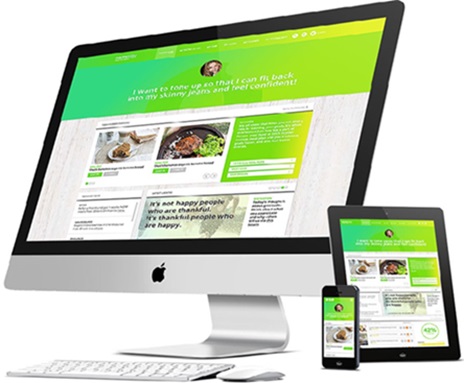The Importance of Responsive Web Design: Adapting Seamlessly to Any Device
Responsive web design is a crucial approach that ensures websites adapt seamlessly to various devices and screen sizes, providing an optimal user experience. By utilizing flexible grids, fluid layouts, and CSS media queries, responsive design automatically adjusts content, images, and functionalities based on the user’s device, whether it’s a laptop, tablet, or smartphone. For example, if a user switches from a laptop to an iPad with specific settings, such as a VPN, the website should remain accessible and functional. This approach eliminates the need for separate designs for each device, allowing for a consistent and efficient user experience across all platforms.



